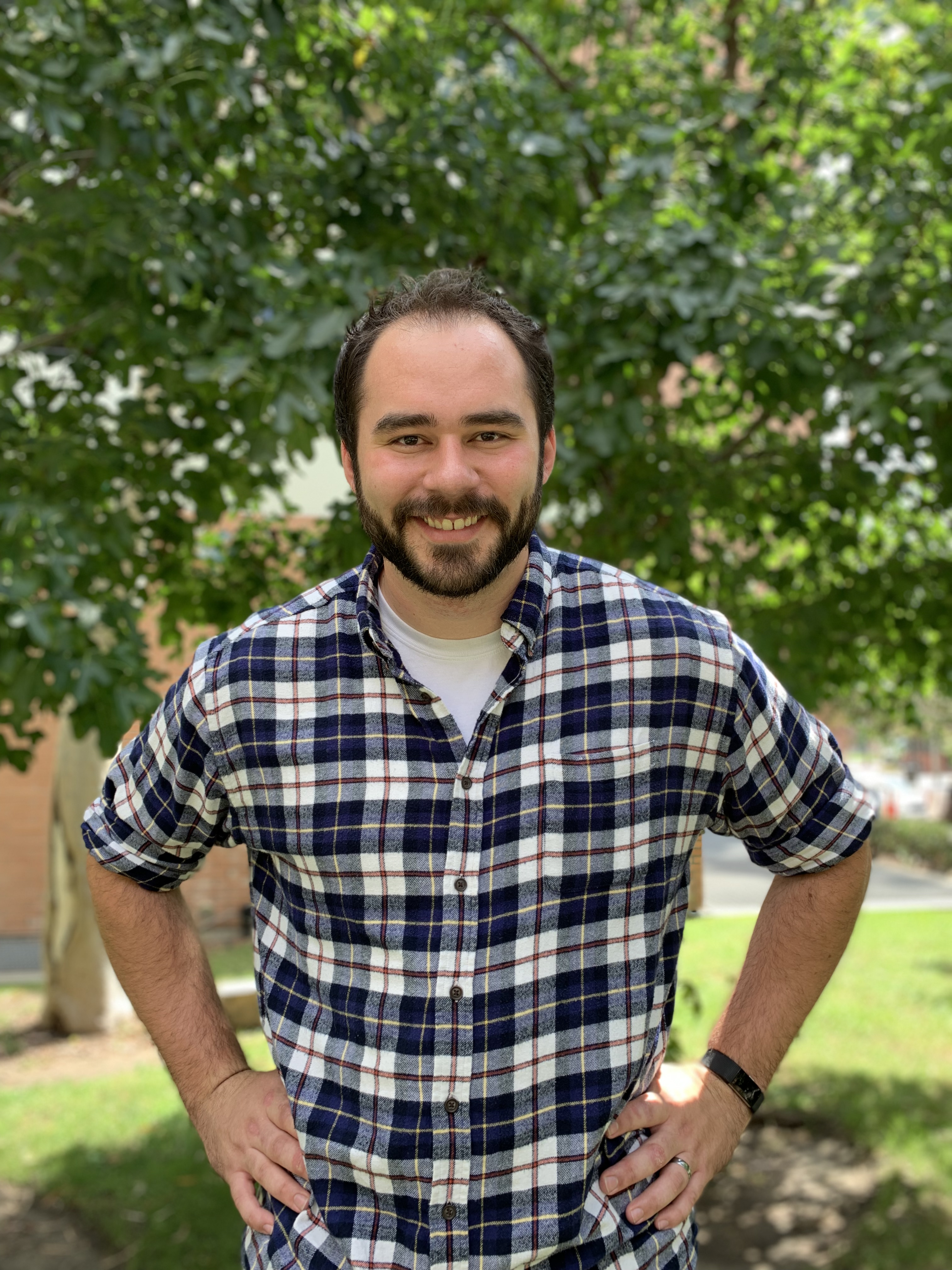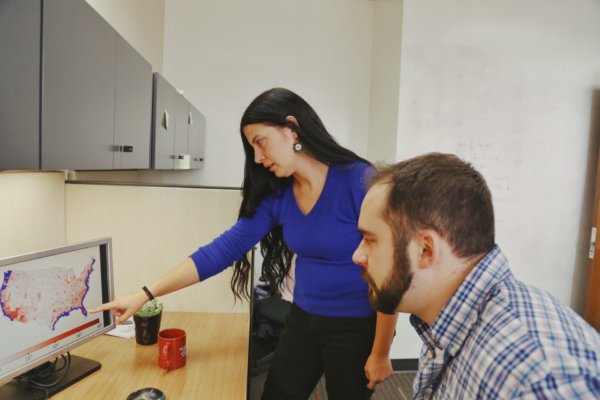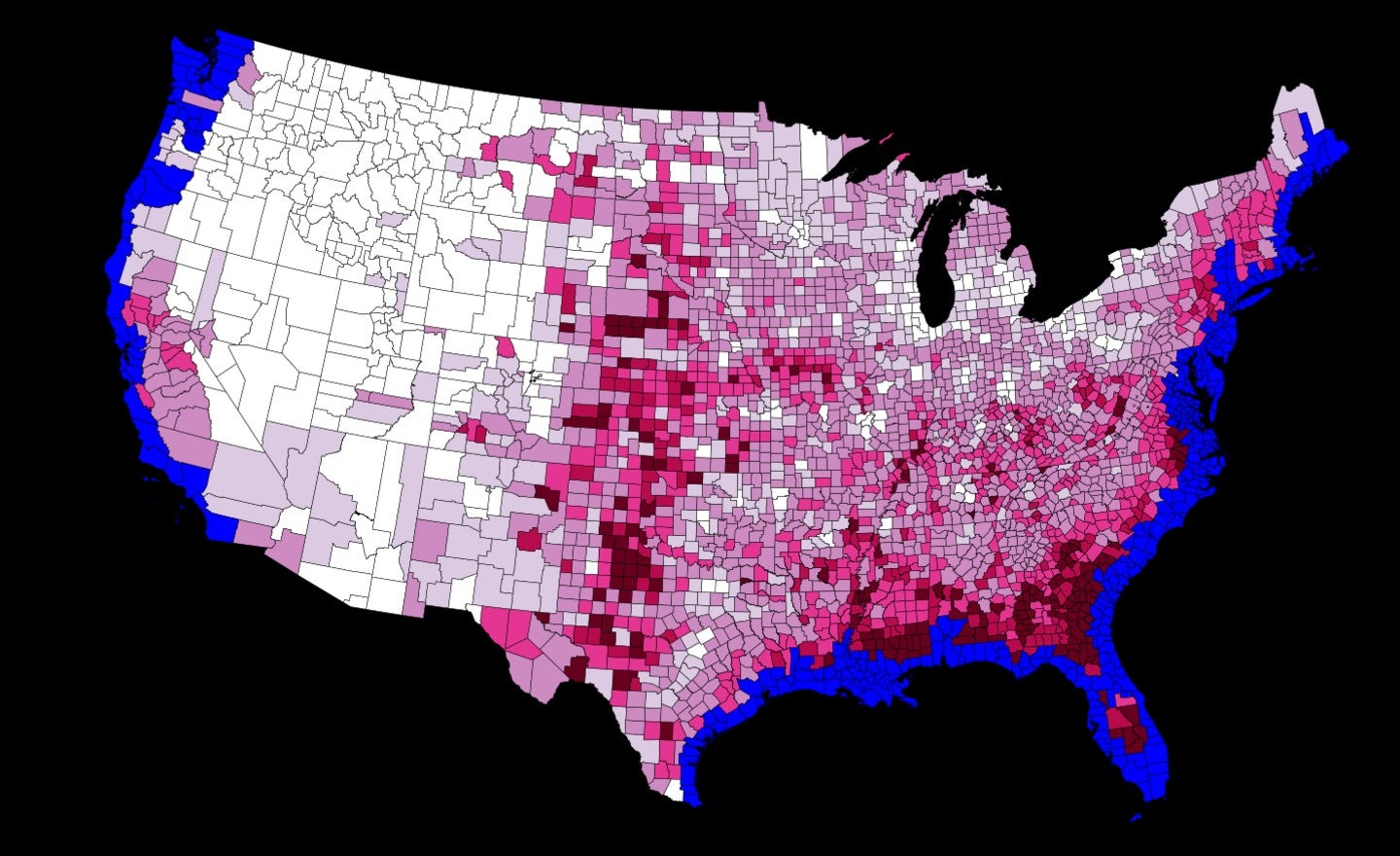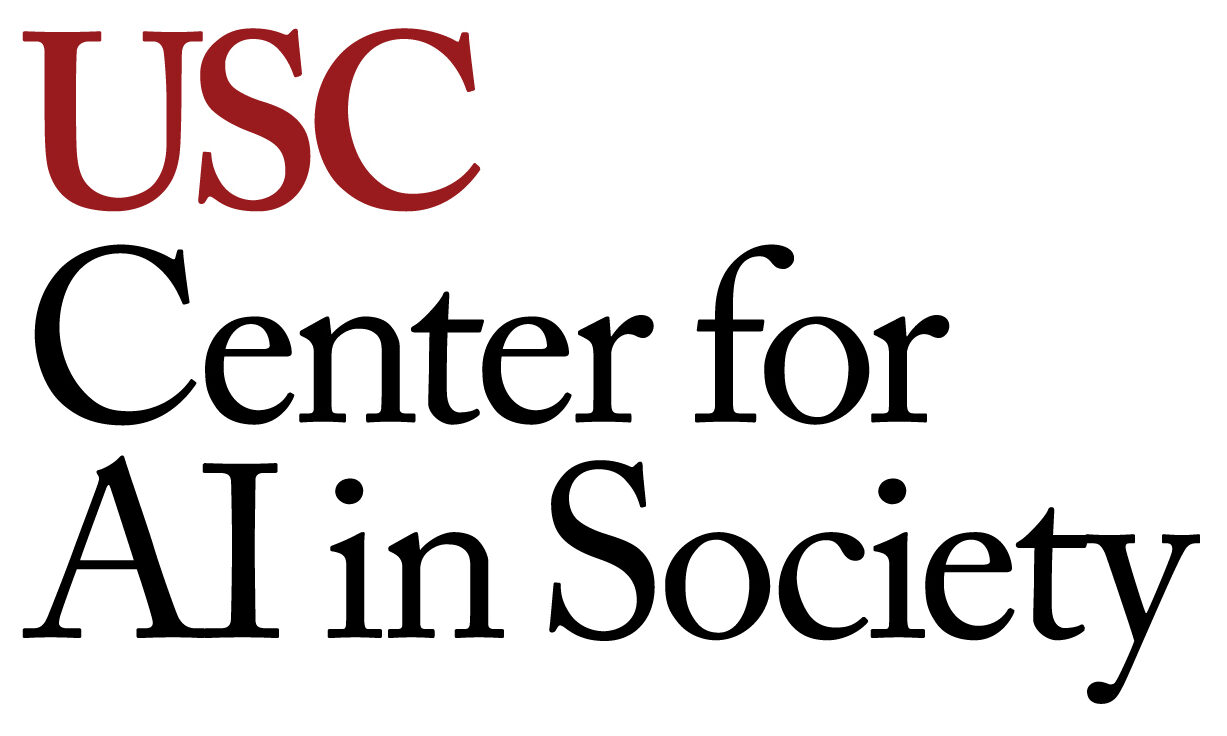
Visiting PhD student Caleb Robinson.
In 1987, the World Commission on Environment and Development published a report that raised serious concerns about the state of our planet, the livelihood of current and future generations, and introduced the groundbreaking notion of “sustainable development.”
Computing and information science are now applying their tools to sustainability challenges. PhD student Caleb Robinson is conducting research here at the USC Center for Artificial Intelligence in Society with a focus on computational sustainability, a field that aims to identify, formalize, and provide solutions to computational problems concerning the balancing of environmental, economic, and societal needs for a sustainable future.
Caleb recently shared with us what sparked his interest in computational sustainability and his exciting plans for the future.
Tell us a little about yourself.
Hi, my name is Caleb, I’m a 5th year PhD student hoping to graduate within the next couple of months. I did my undergraduate work in computer science at the University of Mississippi, then went straight into the Computational Science and Engineering PhD program at Georgia Tech where I met Professor Bistra Dilkina who is my PhD advisor. (Prof. Dilkina has since joined the USC department of Computer Science and is an Associate Director at USC CAIS.) I’m technically a visiting student here at USC working on my dissertation research with her.
Tell us about your research.
I’m interested particularly in problems that deal with geospatial data—data that can be mapped to a specific place on Earth, such as satellite imagery, human migration patterns, and population counts of people. My recent focus is on how to generate very high resolution, large-scale land cover maps. These have many different applications in actual downstream sustainability tasks such as in urban planning, conservation efforts, and agricultural management.
Another topic that I’m interested in is human migration as a response to climate change. One of the areas that Prof. Dilkina and I have worked on is predicting where people will move in response to sea level rise.

USC CAIS Associate Professor Bistra Dilkina and PhD student Caleb Robinson. Photo by Haotian Mai.
What is computational sustainability and what sparked your interest in this topic?
Computational sustainability is the idea of using research methods and techniques from computer science to help address cross-disciplinary problems that deal with sustainability issues. These problems range from large-scale conservation efforts that aim to improve landscape connectivity for animals, to estimating human population distributions in future potential climate scenarios. There are many computational sustainability researchers from different disciplines across the world that work on these problems.
I was interested in different sustainability topics throughout college, however didn’t really know how to connect that with my passion for computer science. I found that this field merges these two interests perfectly! It lets me write code, create visualization tools, and do computer science research – which I love to do – while working on really interesting and meaningful problems with people from different fields.
What sparked your initial interest in AI and computer science?
I guess I’ve always been interested in computer science and creating things. My dad taught me HTML programming way back in the day, and I’ve loved programming and computer science ever since.
Artificial intelligence specifically is really interesting because it allows us to do analyses that were previously impossible. Going back to the land cover mapping problem, we were trying to determine what the land cover is for the entire surface of the United States at a very high resolution. This would not be possible without an AI approach. I think it is very fascinating trying to encode the kind of things that we, humans, can see and care about, into an algorithm that can then be run at scales that would otherwise be impossible.

Number of additional incoming migrants in the 1.8 meter sea-level rise scenario (versus a business-as-usual scenario) per county as a percentage of that county’s population. Map by Dilkina and Robinson.
What have been some of the major highlights of your time at USC thus far?
My work on migration due to sea level rise was recently published, and it got some wide news interest. Seeing my work being referenced outside the boundary of the scientific community was really cool.
Tell us about your plans for the future.
I accepted a job with the Microsoft AI for Good team, and I’ll start there over the summer. That is the natural path that my work has taken me on, as I’ve interned with the AI for Earth group at Microsoft over the past two summers, and most of my work over the past two years has been with them. I’m really excited to keep working for that project!
What advice would you give for computer science students who are considering getting involved in the AI for Good research world?
Apply for CS PhD programs like the one at USC that have centers like CAIS that are devoted to interdisciplinary research! Also, read research papers not only from computer science conferences/journals, but from journals in the field that you are interested in. Researchers from different disciplines will often talk about problems in ways that we (as CS researchers) may not be familiar with. Understanding how your future collaborators think and write about a problem you care about and want to work on is definitely a valuable exercise! Finally, program things! Especially practice creating data visualizations with your programming language of choice. Good visualizations are extremely helpful when communicating methods/results/insights.



